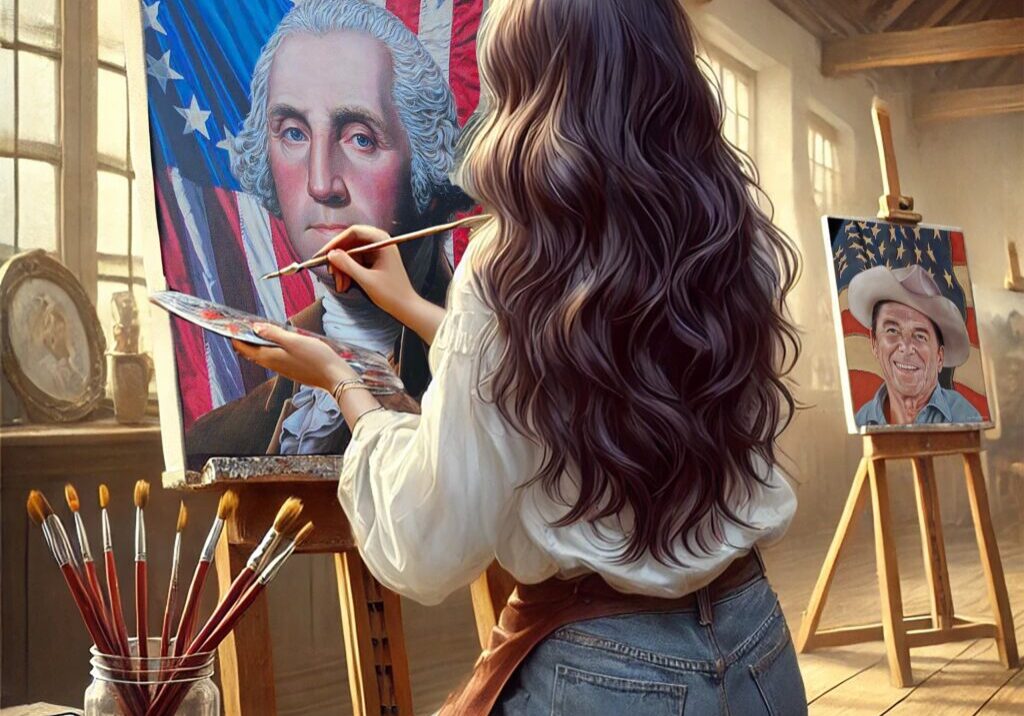
From Daughter to Defender: Mary Pickersgill and the Legacy of Revolutionary Threads
Mary Pickersgill did not invent her talent. She inherited it, practiced it, and turned it into a legacy that still flies in memory. Before she made the flag that inspired a national anthem, she had already grown up in a house where thread meant something. Her mother, Rebecca Young, had sewn standards for Revolutionary troops. Mary took those same skills, handed down by repetition and responsibility, and lifted them to monumental scale. Her story is about more than a single flag. It is about how acts of making become acts of remembering. In 1813, when the War of 1812 was deepening, Mary Pickersgill was commissioned to create a garrison flag for Fort McHenry in Baltimore. It would be massive – thirty by forty-two feet. It would need to withstand the elements, mark American presence, and be seen from a British ship. But Mary was not daunted. She had been preparing for this moment since childhood. Her stitches had been honed at her mother’s elbow. Her eye for spacing, alignment, and color balance came not from textbooks, but from lived instruction. She did not work alone. Her daughter Caroline helped. So did nieces, neighbors, and even free Black women who contributed their labor in a time when that effort was often uncredited. This flag was not just sewn. It was assembled, piece by piece, in the hours after meals and before dawn. The stars were cut by hand. The stripes were measured against the floor of a Baltimore brewery. Every inch of fabric passed through fingers with purpose. When Francis Scott Key saw that flag flying the morning after battle, he wrote his poem. But it was Mary who made the image that gave the words their power. Her flag was not decorative. It was declarative. It survived cannon fire, rain, and night. It remained. That endurance gave voice to a nation still defining itself. In my mural, that same principle guides how I depict flags. They do not wave idly. They signal presence. They say, we are here, and we are not undone. Mary Pickersgill also represents something larger. She stands as a bridge between the Revolution and what followed. Her work reminds us that the war for independence did not end in a single decade. It continued in song, symbol, and civic labor. And women like Mary did not wait for permission to contribute. They answered the need with needle and cloth. What I find most powerful about her story is that it begins in her mother’s shop. That place of trade, of skill, of instruction. It was not a grand studio or formal guild. It was a home that doubled as a workshop. That overlap is what I paint into the mural. Figures at the edge of the domestic and the political. A girl watching a woman hem. A woman teaching a girl to measure. These scenes speak quietly, but they say something lasting. Mary Pickersgill stitched her legacy not in thread alone, but in resolve. Her flag became a symbol because it stood. And because it stood, others found the words to sing beneath it.

